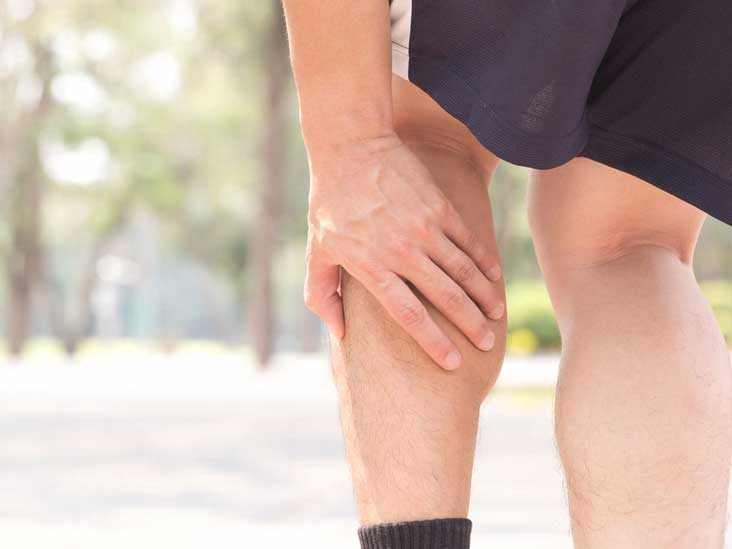Have you noticed bruising and swelling around your calf after an incident at sports? Struggling to push off on the foot due to pain in the calf? You may have a calf strain.
Calf strains commonly occur in running sports such as soccer, rugby, netball, and basketball which involve high speed running, jumping and quick changes of direction.
Calf strains can occur acutely or chronically. But both happen due to overuse of the calf muscle through repeated running, sprinting, and walking which can all increase the risk of a calf sprain if you have poor footwear, muscle tightness, calf muscle fatigue and poor biomechanics.
The calf region is made up of the gastrocnemius muscle and soleus muscle. These muscles insert into the back of the knee joint and finish off at the Achilles which is a strong band of tissue attaching the calf muscles to the heel bone. The calf muscle’s role is to point your toes downwards and assist in bending the knee. The most injured calf muscle is the medial gastrocnemius, which is on the inside of your calf. It will be common for you to feel cramps and pain in the medial region of the calf most of the times when you have calf strains.
Symptoms of a calf strain include:
- Sudden sharp pain or stabbing sensation at the calf
- The feeling as if you have been hit in the calf
- You may hear a ‘pop’
- The muscle will be sore to touch
- Swelling or bruising may occur depending on the severity
- Inability to weight bear on the affected leg in severe strains
- Cramping
Grading of calf muscle strains:
Grade 1 Calf Strain
Grade 1 is a mild strain involving a small number of muscle fibres. Pain will be present, but you will be able to function. The prognosis for grade 1 strain is generally 2-3 weeks.
Grade 2 Calf Strain
Grade 2 is a moderate strain whereby a significant number of muscle fibres are affected, and you will have moderate loss of function such as restriction in jumping, running and single leg balance. Prognosis will be 4-6 weeks. It is highly recommended that you undergo appropriate rehab and treatment to allow muscle fibres to heal optimally and strengthen for return to sport.
Grade 3 Calf Strain
Grade 3 is a severe strain. You will have difficulty weight bearing on the affected leg. Swelling or bruising around the calf region will be present where the muscle strain occurred. With a severe tear you may see a visible deformity in the muscle. Prognosis is usually 8-12 and you will need protective footwear to minimise movement in the ankle and foot region so that you do not aggravate the calf muscle and allow optimal healing to occur.
How can Physio Ready help with Calf Strains?
Our physiotherapists at Physio Ready will relieve your pain through soft tissue massage and the use of LIPUS in the initial stages of the injury. In the acute phase of the injury our physiotherapists will address the muscle tightness using soft tissue massage and allow the strained muscles to heal properly and quickly using LIPUS which is excellent in soft tissue and bone healing.
Once the soft tissue has healed our physiotherapists will then prescribe rehabilitation exercises to make sure the muscle is strengthened so that it can withstand high loads of activity to make sure you have no recurrence of the injury again. If you have specific goals in terms of sport or recreation, we will tailor a rehab program designed specifically to your needs so that you can return to activity with full confidence.
If you are suffering from a calf injury or have any further questions, please do not hesitate to contact us, we would be more than happy to help! Give Physio Ready a call on (02) 9249 9122 for Ryde Clinic or (02) 8622 1681 for Ermington Clinic.

